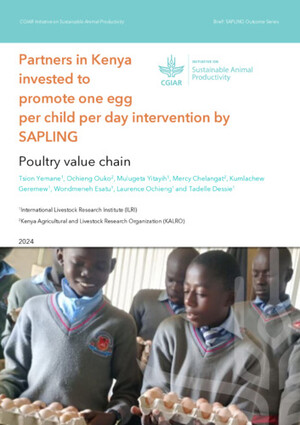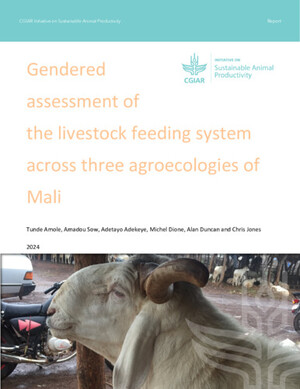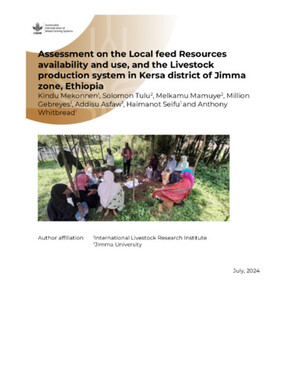
Forage legumes for improved fallows in agropastoral systems of subhumid West Africa. II. Green manure production and decomposition after incorporation into the soil
Abstract
A short-term improved fallow system based on forage legumes for enhancing crop and livestock components of mixed farming systems was tested in the subhumid zone of West Africa. As part of the evaluation, the ability of 11 legume species (Centrosema macrocarpum, C. pubescens, Stylosanthes guianensis, Pueraria phaseoloides, Mucuna pruriens, Zornia glabra, Dioclea guianensis, Arachis pintoi, Aeschynomene histrix, Calopogonium caeruleum, Flemingia macrophylla) to accumulate biomass and nitrogen after dry season harvest of herbage was assessed at 2 sites in south-west Nigeria. Litter bags were subsequently used to study the potential nutrient contribution to maize from decomposing green manure for 6 of the 11 species in comparison with natural fallow vegetation. Accumulation of green manure biomass and nitrogen was related to the regeneration potential of the legumes in the absence of rainfall and their apparent ability to fix atmospheric nitrogen. Following 4-month regrowth after a dry season harvest, F. macrophylla yielded the highest amounts of green manure dry matter (4.0-5.7 t/ha) and nitrogen (102-144 kg/ha N) at the 2 diets, followed by phaseoloides, C. pubescens and the other species. Decomposition of green manure was governed by initial concentrations of cellulose, hemicellulose, lignin, lignin:nitrogen ratio and amounts of green manure incorporated, with nitrogen disappearing more slowly than dry matter. Highest loss rates were observed for potassium followed by phosphorus and nitrogen. Half-life values for undecomposed residue dry matter were in the range of 2-8 weeks. Nitrogen release after 3 months ranged between 26-88 kg/ha N and 19.52 kg/ha N at the 2 sites. The tested green manures can contribute significantly to subsequent crops as well as to the mineralisable nitrogen pool of the soil. Rapid decay rates of dry matter and nutrients indicate the need to synchronise nutrient release from green manure residues with crop requirements.
Citation
Tropical Grasslands;33(4): 234-244









